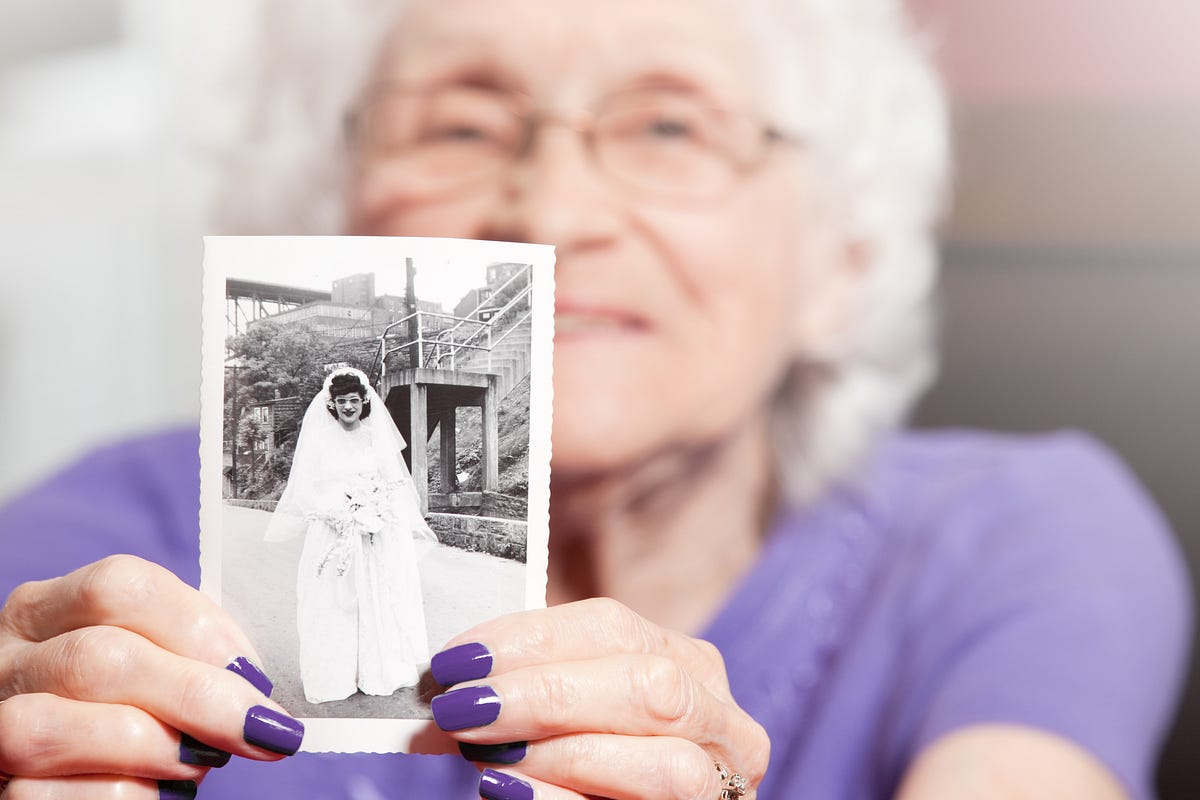Desire to Declutter? Science Says Take a Picture First
Understanding our reluctance to let go of items with sentimental value may also benefit nonprofits that rely on a steady stream of donations.
By Adrienne Dawson

It’s not always easy to part with things, especially those items steeped with memory. Maybe it’s your grandmother’s afghan, and old fraternity sweatshirt, or your teenager’s infant romper. You don’t really want it — and you know someone else might — but you still can’t let it go.
Consumer psychologist and McCombs Professor of Business, Government and Society Julie Irwin, along with colleagues Karen Page Winterich from Penn State and Rebecca Walker Reczek of Ohio State University, wanted to find out if there was a definitive way for people to relinquish items they no longer needed without sacrificing the identity they’d tied to them. It turns out there is: Take a photo of it first.
We asked Irwin to explain why this works.
What drew you to this research? Was this purely an academic pursuit, or were you looking at your own closet and thinking, Oh my gosh…?
I’m terrible. I have all these things from my grandmother, and, you know, I feel bad about not wanting to use her good China or these weird little glasses I inherited, and I’m not even sure what I’m supposed to use them for.
So these aren’t things you would have bought for yourself?
No, never.
But you have them — you don’t want them — so now what?
Exactly. All of us, my co-authors and I included, have had our own experiences with this. For us, we’d heard the idea that if you somehow commemorate your belongings, they’re easier to part with, but no one had ever done the research to see if it’s really true.
So does it really work?
It really does.
And why is that?
Because these things are tied to our memories, and our memories are tied to our identity. We find that people are actually worried they’re going to forget the memory if they dispose of the item. It’s almost like the thing itself embodies the memory, and getting rid of it is disrespectful.
But it turns out that taking a picture or even thinking about taking a picture helps people disentangle the memories from the objects. And, truthfully, it’s likely no one will ever look at the photo again, right? But that doesn’t matter. Just having the photo helps people feel like they’ve preserved the memory, and our field studies confirm this.
You went to a reliable source for people who routinely struggle with sentimental clutter: college students moving out of dorms at the end of the year. Explain what you found.
My colleague Karen Witterich at Penn State ran this field study. We posted signs for an end-of-year donation drive in eight college dorms that housed more than 800 undergraduates. Some signs just asked students to donate anything they didn’t want, but other signs encouraged them to take photos of their belongings first. The dorms where students were prompted to take pictures donated 35 percent more than the other dorms.
Then we repeated the study the following fall. Even though most students weren’t moving out for the year, we still saw a 15 percent higher donation rate in dorms where we promoted the idea of taking pictures.
In another study, research assistants stood outside a donation center and offered to take instant photos of things as people were dropping them off. But this is different because people had already decided to part with their belongings, so what use was a photo at this point?
It made them feel better. People might still feel reluctant to give up a sentimental item, and this helped them feel less sad about it.
It’s great that people can use this tactic to help declutter, but individuals aren’t the only ones who might benefit from this.
That’s right. Our idea was that there’s a bunch of stuff people aren’t donating, and it doesn’t do anybody any good to have it just sitting there in a garage or storage unit. Other people could really use those items, and there are nonprofits like Goodwill whose business models rely on donations. Without a steady stream coming in, they can’t serve their communities. This is also a tactic that donation-dependent organizations can use to motivate people to sort through their belongings and make the choice to part with them. Just like in our field studies, they could encourage people to take photos of anything sentimental first or offer to take photos for them at the donation center.
It sounds like an opportunity for donation-driven organizations to increase the flow of goods coming in.
Absolutely. If you can get people to reinforce their identity in another way, such as taking a photo of something, then they don’t feel as scared about giving up the item. You’re turning the sentimental item back into a common object again.
“Keeping the Memory but Not the Possession: Memory Preservation Mitigates Identity Loss from Product Disposition” is published in Journal of Marketing.


